Picture a bustling office at the start of a new quarter, or a busy factory floor humming with familiar routine. Beneath the surface of all this activity lies an invisible weight pressing down on millions: wage stagnation. It’s not just a headline or a set of statistics—it’s a force that quietly rewrites destinies and redraws the boundaries of possibility. As the cost of living surges forward, many paychecks are stuck, unyielding, a stubborn echo of decades past. What happens to a workforce caught in this tightening vise? Is there a path out, or does hope get ground down with each passing year?
The Causes of Wage Stagnation
Let’s strip away the jargon and ask: Why, in an era of technological miracles and global transactions measured in milliseconds, have wages remained frozen for so many? The answer is not simple—it’s a web of changes, choices, and unintended consequences.
- Decline in Union Membership
Once, unions stood like sentinels, pushing for better pay and fair treatment. Now, fewer than one in ten American workers belong to a union. With this decline, especially in manufacturing and retail, the negotiating table feels markedly one-sided. Who will speak up for fair wages when the chorus has grown so thin?
- Technological Advancements and Automation
Automation—once whispered about, now unavoidable—has redrawn the job landscape. Machines and software replace repetitive tasks with silent efficiency, shrinking the labor force, and setting a new, lower ceiling for pay in oversupplied markets. Businesses celebrate higher productivity, but do those gains ever truly trickle down?
- Globalization
Imagine the conversation in a boardroom: Why pay more here when labor is cheaper elsewhere? The search for lower costs has sent jobs sweeping across continents, especially in fields like textiles and call centers. Back home, workers scramble, bargaining power slipping through their fingers.
- Weakened Minimum Wage Growth
The federal minimum wage—untouched since 2009 and steadily eroded by inflation—now offers nearly a third less purchasing power than it did at its last adjustment. Can a society thrive when its wage floor keeps dropping, inch by inch, beneath the feet of its most vulnerable?
The Impact on Workers and the Economy
Numbers tell one side of the story, but what about the day-to-day realities? Walk in the shoes of an average worker and the consequences of wage stagnation become painfully clear.
- Financial Strain on Households
Picture a family sitting around their kitchen table, bills stacked neatly but ominously. Nearly 40% of Americans, according to the Federal Reserve, would have to borrow or sell something to cover a $400 emergency. What happens to dreams of stability or progress when survival itself is a monthly negotiation?
- Erosion of the Middle Class
The sturdy backbone of the economy—the middle class—is showing signs of fracture. As wage growth stalls, families slip closer to the poverty line, sapping the energy that once powered communities and fueled spending. Can an economy stand tall if its center cannot hold?
- Productivity vs. Wages Disparity
The numbers are stark: since 1979, productivity has soared by more than 60%, yet median wages have crawled up just 17%. Where does all that extra value go? When gain accumulates at the very top, what incentive remains for the many to strive, create, and innovate?
- Mental Health and Job Dissatisfaction
Consider the unseen costs. Anxiety brews as workers see their efforts unrewarded—a fertile ground for burnout and distrust. How can people find meaning in their work when advancement feels impossible and recognition remains out of reach?
Solutions to Address Wage Stagnation
The road ahead is tangled but not impassable. What can turn the tide for today’s workforce? Which bold moves or subtle tweaks might shift the pattern?
- Raise the Minimum Wage
Cities and states that have adjusted their minimum wage—places like California and Washington—offer a glimmer of what’s possible. Could a national reset, finally in step with inflation and productivity, open the door for millions and supercharge consumer spending?
- Strengthen Collective Bargaining Rights
What if the tables turned, and workers found their voices again? By lowering barriers to organizing and legally protecting those who band together, policymakers could spark a new era of collective advocacy. Could fair pay become the norm rather than the exception?
- Expand Access to Education and Training
The future belongs to those who learn. Carefully crafted programs—offered by both government and private initiatives—can transform workers from stagnant bystanders into thriving participants in high-demand industries. Do we have the courage to invest in tomorrow’s workforce today?
- Corporate Responsibility and Pay Equity
The private sector shapes the horizon, too. Companies that share profits transparently and set pay with equity in mind cultivate loyalty and innovation—assets as valuable as any quarterly gain. Might the next wave of industry leaders measure success by both margin and morale?
- Tax Reforms and Incentives
Finally, what levers can government pull beyond mandates and regulations? Tax incentives tied to wage growth invite businesses to do the right thing and get rewarded for it. Is this the win-win scenario everyone’s been looking for?





